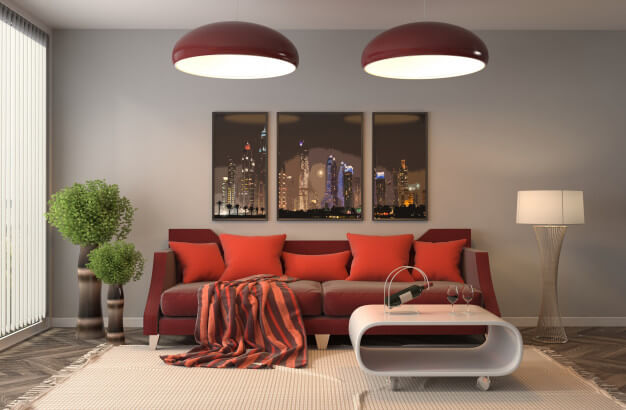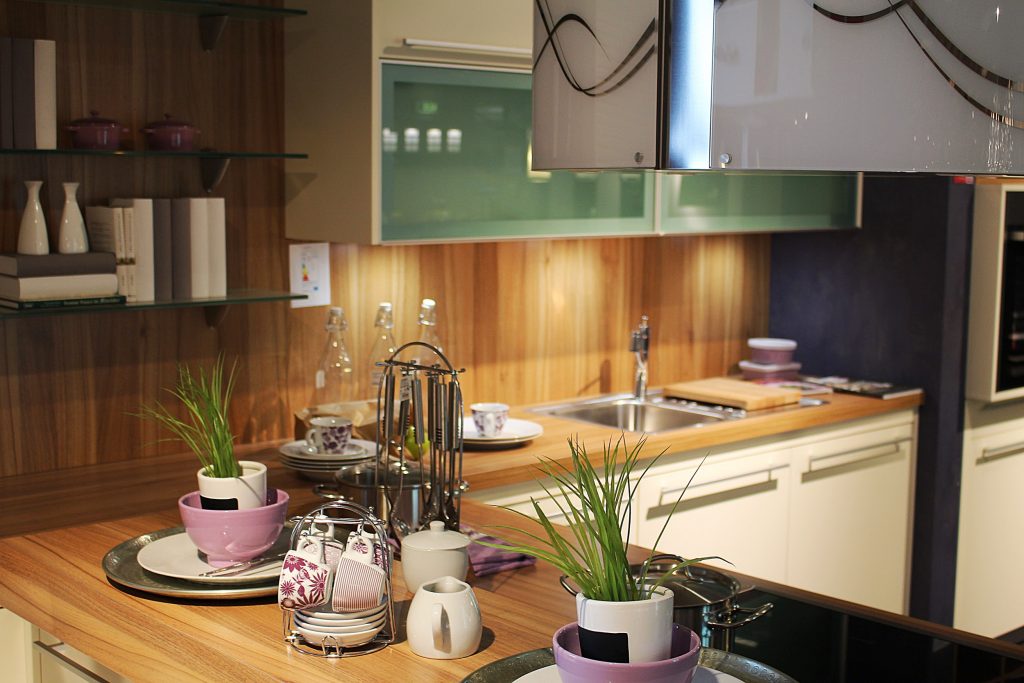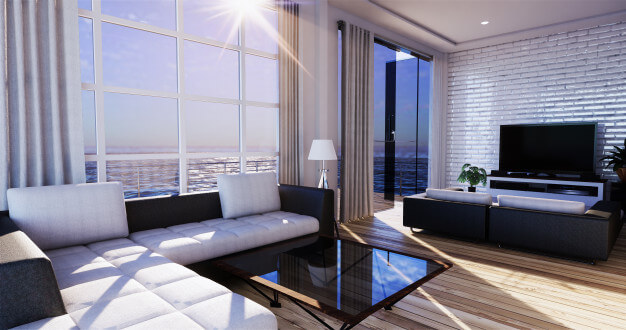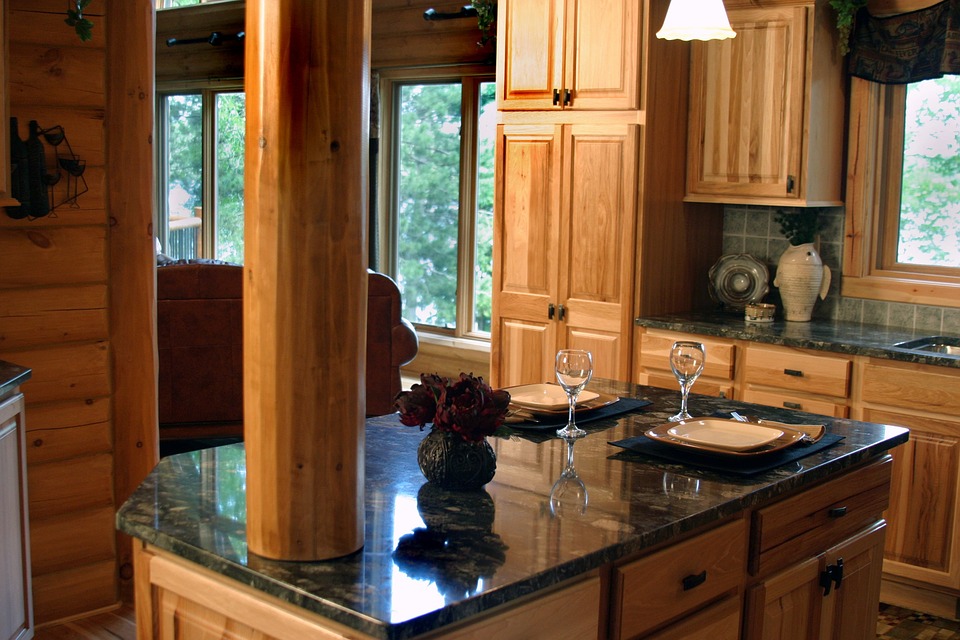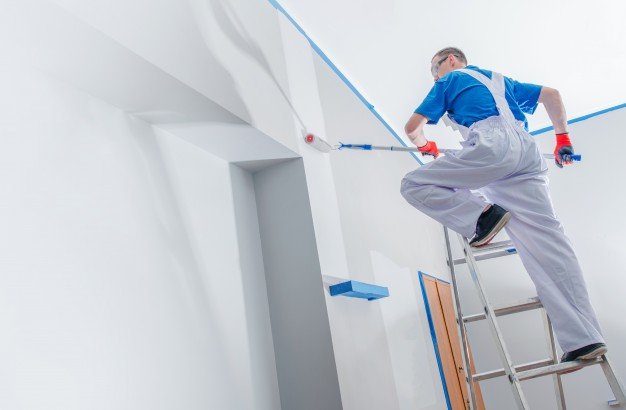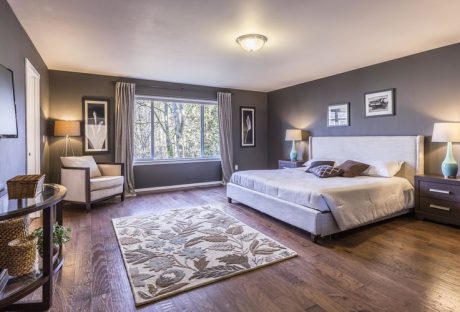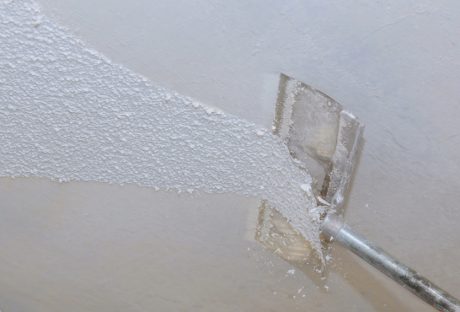Callidus Nevada electrician service providers have made calls to a significant number of homes in Las Vegas. This gave them the unique opportunity to get a glimpse at the different home lighting styles and preferences of the city’s residents. In the same process, they were able to pick out fun lighting ideas and methods that are beneficial in terms of both form and functionality.
Below are a few fun lighting ideas that these Las Vegas electricians want to share for your home:
1. Switch to LED Light Bulbs:

Anything that will help you save money easily will be fun, wouldn’t it? Ditching your incandescent and compact fluorescent lamp (CFL) light bulbs in favor of light-emitting diode (LED) lights can help you reduce your electric bills and save hundreds of dollars in a year. LED lights use 90 percent less energy to give off the same brightness as their incandescent counterparts.
Technology has come a long way in LED lights that they now come in a variety of colors apart from cool white. You can even have several color options in a single LED light bulb. While you may need to cough up some cash initially to go full-on LED in your home, it will be a very wise investment. Apart from the savings that you will make on your electricity bills, LEDs also last considerably longer than incandescent and CFL lights.
2. Think Beyond Overhead Lighting:
Overhead lighting does a very good job of lighting up a room and comes very handy for a variety of uses and occasions. However, relying solely on overhead lights can be impractical in some situations, and it can get boring over time. For instance, some shadows may fall in areas where you may especially need more light such as the stairs, kitchen counter, or couch where you do your reading.
Overhead or ambient lighting can get boring in the sense that it is constant. It may light a room, but it does very little to change the mood and character of a room. This is why you need to consider what experts call the “three layers of light” when installing lights.
Overhead or ambient lighting is the main layer of light in a room. It provides general illumination in the whole area. Examples of these types of lights are fixtures like chandeliers, recessed lights, and troffers. The second layer of light is accent lighting, and they come in the form of wall sconces, path lights, and recessed wall lightings. Accent lighting is generally for decorative purposes.
The third layer of light is task lighting and, as its name suggests, you use it to light up specific areas for certain tasks. Examples include reading lamps, vanity lights, under-cabinet lighting, and pendulum lights above a kitchen island. The second and third layers of lighting provide a room with character, and they can empower you to change the look and mood of the room at the flip of a switch. With power-saving LED lights and strip lights at your disposal, the combination of the three layers of lighting can present you with a myriad of ways that you can play with the layers to suit your taste.
3. Don’t Forget Natural Lighting:
If you live in Nevada or anywhere that is sunny for most of the year, you will do well to make use of the abundance of outdoor lighting. Not only will this liven up a room, but it can also likewise help you lower your electricity bill as well.
Use sheer curtains to let in more light. You can also do away with the window treatments to maximize the light coming from the outside. Bare windows will also give the room the illusion of being more spacious.
Just like ambient lighting, outdoor lighting is also constant and may cast permanent shadows in certain parts of your home. While shadows do add some drama and depth to a room, you can install wall sconces in the darker areas as an option.
As you may have already realized, most of the lighting ideas here are quite simple, and the results can be dramatic. You may even take on some of the more labor-intensive tips above on your own if you are handy enough. For some other lighting ideas, however, you may need to acquire the services of reputable Las Vegas electricians, especially when installing lighting fixtures.
Take a long good look in and around your home and see how where you can improve and make your lighting more interesting. It just may be the right time for you to see your home in a new light — pun intended.
Read Also:













